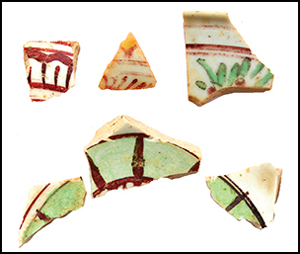Article contents
The cosmopolitan borderland: western Ethiopia c. AD 600–1800
Published online by Cambridge University Press: 17 March 2021
Abstract

The western Ethiopian borderland is remote from all centres of power in the Horn of Africa. As a result, local communities have often been regarded by scholars and state agents alike as isolated and antiquated. The picture that emerges from archaeological research, however, is more complex: borderland societies have, at different times from the mid first millennium AD onwards, embraced, reworked or rejected innovations from neighbouring polities. Indeed, borderland groups developed a type of ‘vernacular cosmopolitanism’ integrating foreign customs and artefacts. As an old multicultural borderland spanning many centuries and involving a range of state and non-state actors, the region offers important lessons for our understanding of frontier societies in Africa and beyond.
- Type
- Research Article
- Information
- Copyright
- Copyright © The Author(s), 2021. Published by Cambridge University Press on behalf of Antiquity Publications Ltd.
References
- 3
- Cited by




